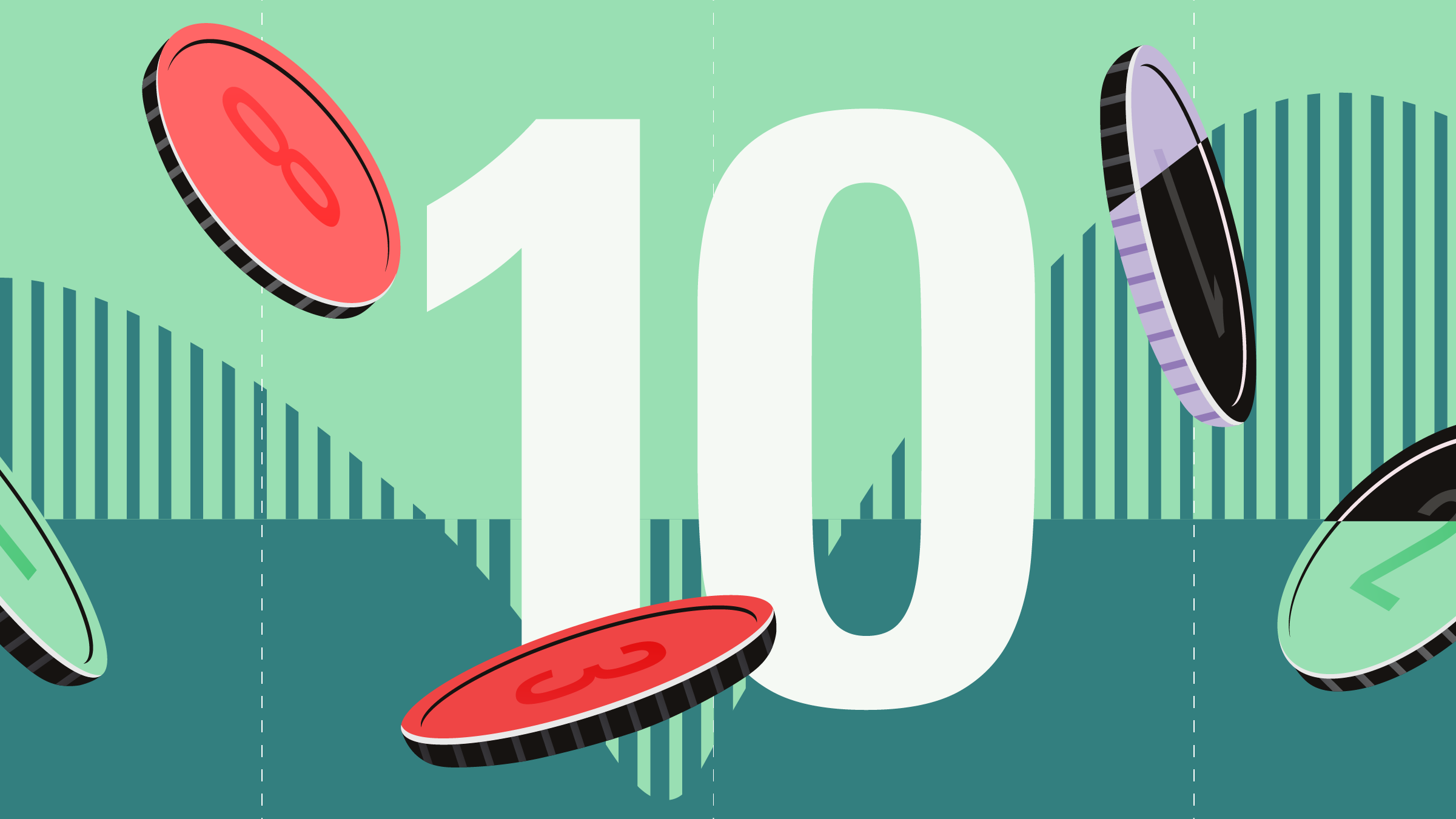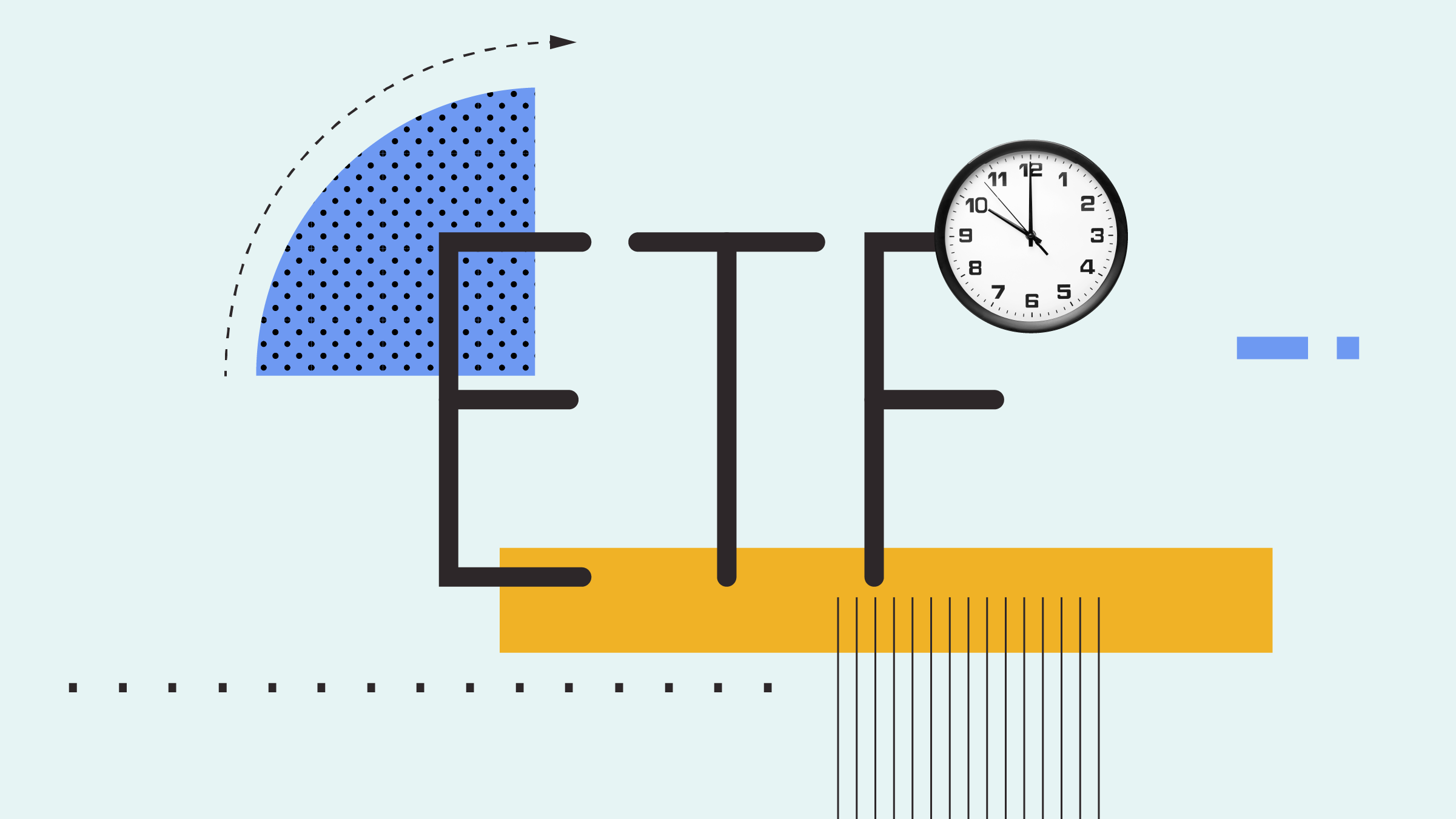Morningstarin taloustutkimuksen johtaja Robert (Bob) Johnson kertoo tässä videossa, missä tilanteessa Yhdysvaltain asuntomarkkinat ovat ja miksi niiden toipuminen on niin olennaista maan talouden kasvumahdollisuuksille.
Yhdysvallat on menettänyt kahdeksan miljoonaa työpaikkaa asuntokuplan puhkeamisen jälkeisessä lamassa vuodesta 2007. Niistä kaksi miljoonaa oli rakennusteollisuudesta ja kaksi miljoonaa asuntomarkkinaa tukevilta aloilta
Tuoreet luvut CoreLogic-yhtiöltä ovat lupaavia: asuntojen hinnat ovat nousseet 3,8 prosenttia vuoden aikana.
Jeremy Glaser: For Morningstar, I'm Jeremy Glaser. Housing is seen as a potential big driver of the recovery and also employment. I'm here with Bob Johnson. He is the director of economic analysis for Morningstar. We're going to look at some recent housing data and see what it could mean.
Bob, thanks for joining me.
Bob Johnson: It's great to be here today.
Glaser: So, housing obviously was one of the big contributing factors that got us into this recession, and now we're trying to see some signs of life there again. Why is housing so important?
Johnson: Housing is very important because it's relatively employment-intensive, and it drives a lot of other industries. I've talked about before that we lost about 8 million jobs in this recession. Two million were directly related to construction, 2 million out of 8 million job losses. If you start adding in the mortgage brokers, the furniture companies, all the other things that might be related to the housing industry in a tangential way, you are probably talking 4 million of the 8 million. So, the fact that housing had been relatively flat for most of this recovery, had been a real disappointment. Now it looks like it's coming back.
Glaser: So, let's take a look at some of that data then. There has been a lot this week and last. Can you walk us through some of those numbers?
Johnson: Sure. The most important piece I think is from last week, the data from CoreLogic that talks about housing prices. Everybody likes to look at the Case-Shiller data because it is more comprehensive, but it comes with quite a lag and is reported with a three-month moving average.
The CoreLogic data was out and indicated that housing prices were up 3.8% on a year-over-year basis. That now marks like the fourth or fifth month in a row, I believe, where those prices have actually been up on both the month-to-month and a year-over-year basis. And that's important because it gets people out of underwater mortgages, which the number of people underwater is now declining kind of every quarter where we go along.
Glaser: And that certainly could allow people to refinance, potentially move for a job. How about existing home sales? What's happening with those numbers and are those as important to the recovery as new homes?
Johnson: Well, the new homes are the most important aspect of the numbers, and maybe I'll talk about those numbers first. Earlier this week we got the home builders' sentiment numbers from the National Association of Home Builders, and that showed a reading of their sentiment of 40. Now remember, when we got to the depths of recession that number got as low as 8. So now the number is up at 40, and it was up in every single one of the regional markets. Not just in the Northeast, not just California, but every market that they measured, the sentiment was up. And current conditions, expected future conditions and traffic, all three of those metrics which make the whole index, each one those individual components were up.
So, that's some really good news for the home-building sector, and that's the most important because that really is a direct adder to gross domestic product. Every home that gets built, the dollars go into GDP, even though it's not a huge percentage of GDP, in fact, it's relatively tiny, but when you get moves that look like they are up 20% to 30% year-over-year that makes a huge difference, even if it's only a couple or 3% of GDP. So, it's a really big deal.
Now finally to your question existing-home sales, those came out Wednesday, and that was probably one of the stronger of all the data sets, with something close to 4.8 million existing homes sold. That was dramatically above expectations and dramatically above the previous month's levels and well above year-ago levels. So, that market is beginning to clear.
Glaser: So, certainly it sounds like things are getting better in the housing sector. You mentioned that it could be a big driver of employment, but it's not something we've seen in the numbers yet. That housing-related employment hasn't really jumped up in any way. Why do you think that is? Has the sector just become more efficient? What's happening there?
Johnson: It's a great mystery. We don't know if it’s a measurement problem because it's a little bit hard to keep track of construction firms because they've been going in and out of business with the tough economy. And some of them are pulling back temporary workers in some cases. In some cases they always had to keep a certain number of foreman on hand, and maybe those people are the ones building the houses right now. And then the other thing that you've got going is that the restart of the housing market really began earlier this year, and when you first lay the concrete down and do some of the site preparation and get your permits and all that kind of stuff, there's not much employment.
But when you get near the very end of the house, and you start doing the plumbing and the wallpaper and all that kind of stuff, that's very labor-intensive. That comes little bit later in the process. You can kind of see starts are up in the near 30% range, but completions are only up in the 10% range. So, as we begin to move along, I think we're going to see some better employment on the construction front. It's going to show up in the numbers, probably just around election time.
Glaser: Certainly, [Federal Reserve chairman] Ben Bernanke is hoping that's the case. When the Fed launched this new round of bond-buying, they focused on mortgage bonds. They tied it very explicitly to employment, hoping that it would improve the housing market, which would then in turn improve employment. Is this reasonable? Do you think that Fed trying to lower rates even more is going to have a discernible impact on the market?
Johnson: Well, I think, it certainly is not going to hurt, but as I've said many times, it's really not the rates that are holding people down. We're at kind of record levels of affordability that have never been seen before because the payments on mortgage at 3% versus 8% are just incredibly different and then on top of it you get prices a lot lower than they were five years ago. So, that certainly is something that makes the house a lot more affordable. And tweaking the rate another 0.5% in my mind isn't going to make a huge difference.
I think a bigger thing is going to be people's home prices, which is why I said that initially that CoreLogic data that we got was probably the most important piece of data, even though other people may not think so. As prices go up that means now you're above your mortgage, you can sell your home, and maybe you can get enough equity so you can go make another down payment on another home.
So I really like that aspect of it that it is bringing rates down and making homes more affordable, but I do worry a little bit. Banks are still being very cautious in their lending. There's been some recent articles that people have to have a higher FICO score, that's the index that they use to calculate your credit, and those indexes determine whether or not you get a loan. And right now the level that you have to have is anywhere between 25 points and 50 points higher than it was five years ago.
So, we want our lenders to be cautious and more careful than they were then when they were lending willy-nilly. But on the other hand it is holding back the market a little bit as is low inventory levels of homes. There was a note in the existing-home sales report that in Las Vegas and a couple of markets, there is a real shortage of quality homes available that's really holding back the sales growth.
Glaser: So if lending is a problem, do you have a sense of how many cash buyers are out there? How many people who are buying these new homes are really investors who are looking to rent [to other tenants]? Or are they [potential] homeowners? What's the dynamic there?
Johnson: Well, I think the number who are kind of investors has kind of varied between the 25% to 30% level for most of the recovery, and I think we're down a little bit from our peak. There are more natural buyers than investors. And obviously the other thing that we're seeing is that typically a new home buyer represents about 40% of the market; we're still down around 30%. So, that's certainly hurting the market a little bit, not hurting, but I mean it's a different market. It's not fully recovered yet because as you mentioned, a lot of the buying is coming from investors, but less so in recent months than it was at the beginning of the year.
So, that's a good sign that we're getting more natural demand and that we have mechanisms now. I mean, when we first started this recession, one of the big problems was the foreclosures would come on the market, and it'd be like there is nobody to buy them. Now, there's hedge funds, private equity things, all kind of set to take advantage of the housing market.
I think that's an important difference and why I think this recovery is really going to have some legs to it this time around. And I think we could see some surprisingly good news on that front in the months ahead.
Glaser: Bob thanks for your thoughts on housing today.
Johnson: Thank you.
Glaser: For Morningstar, I'm Jeremy Glaser.


















